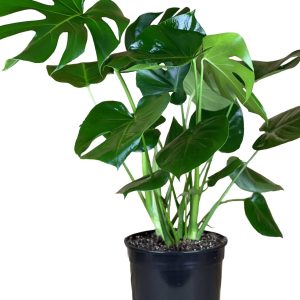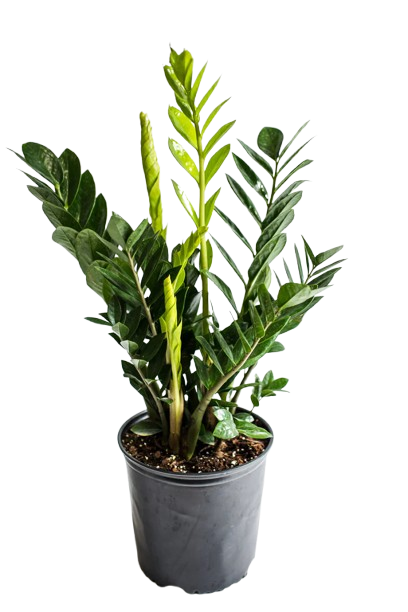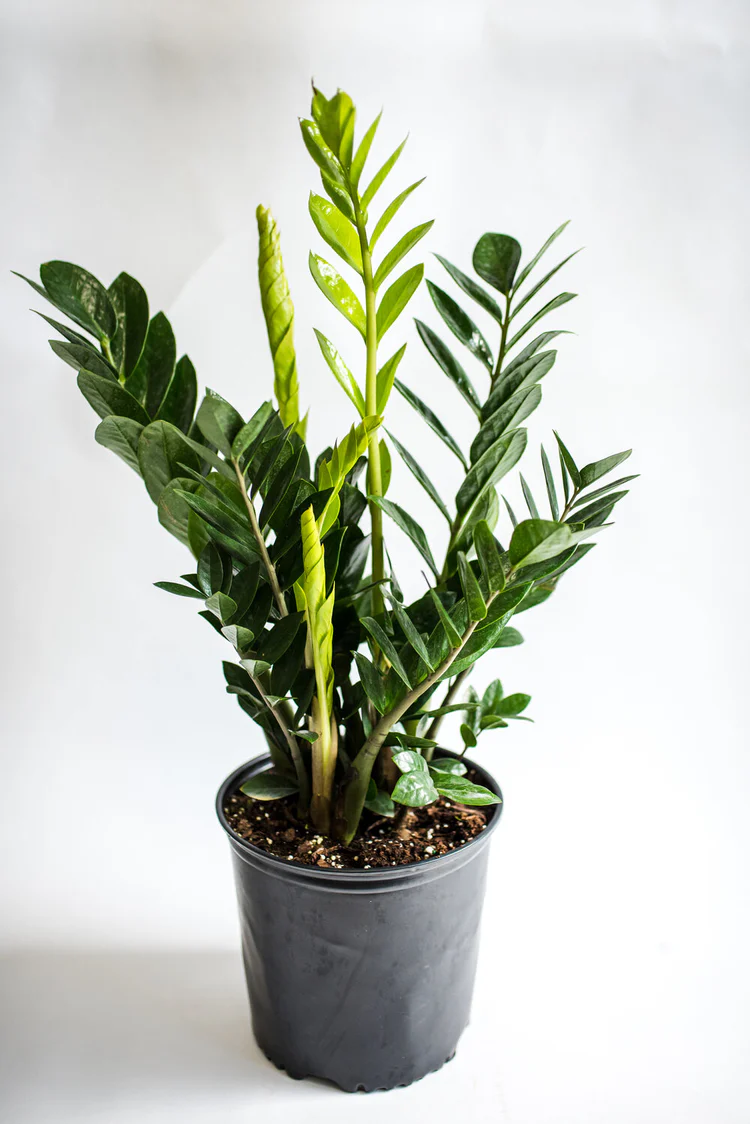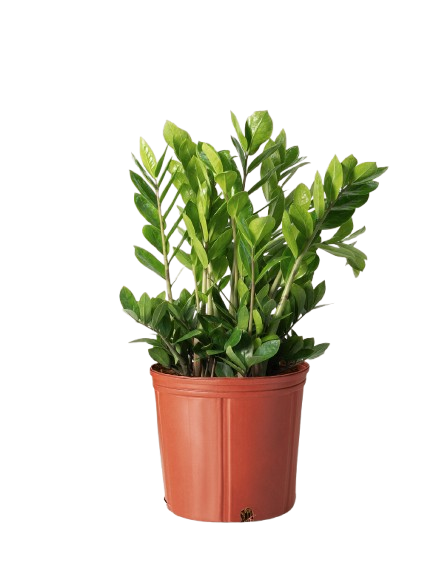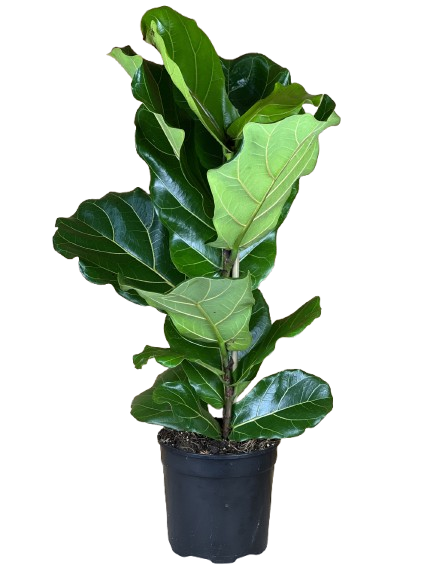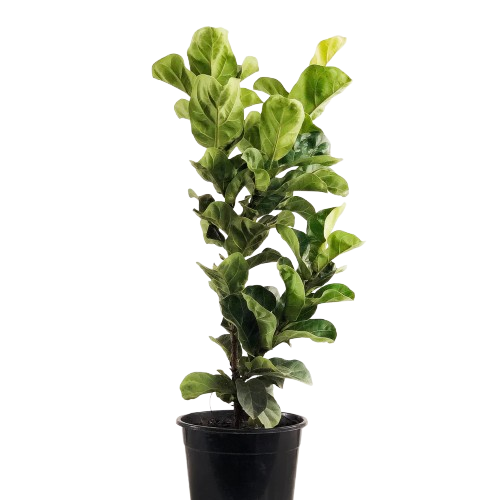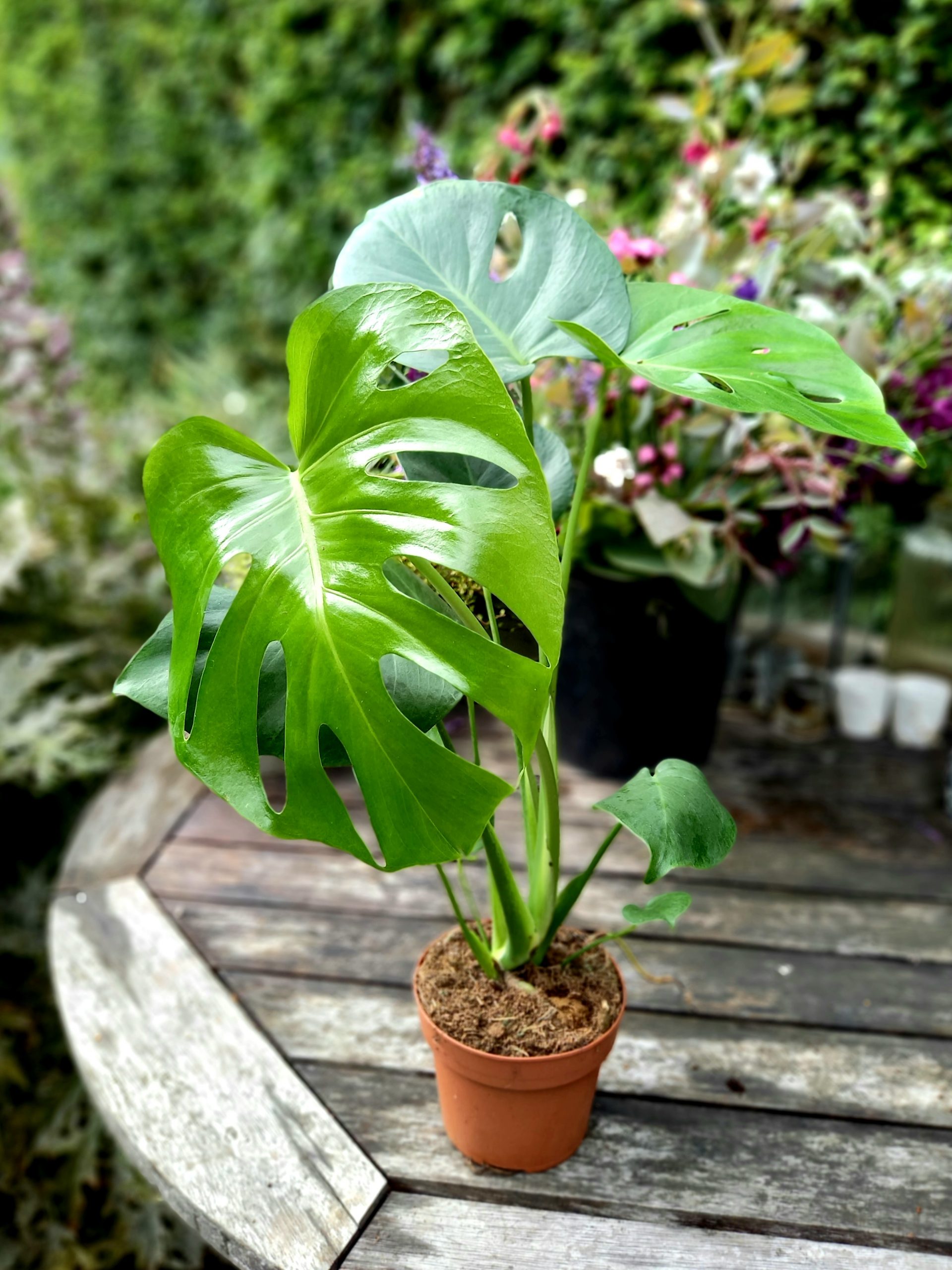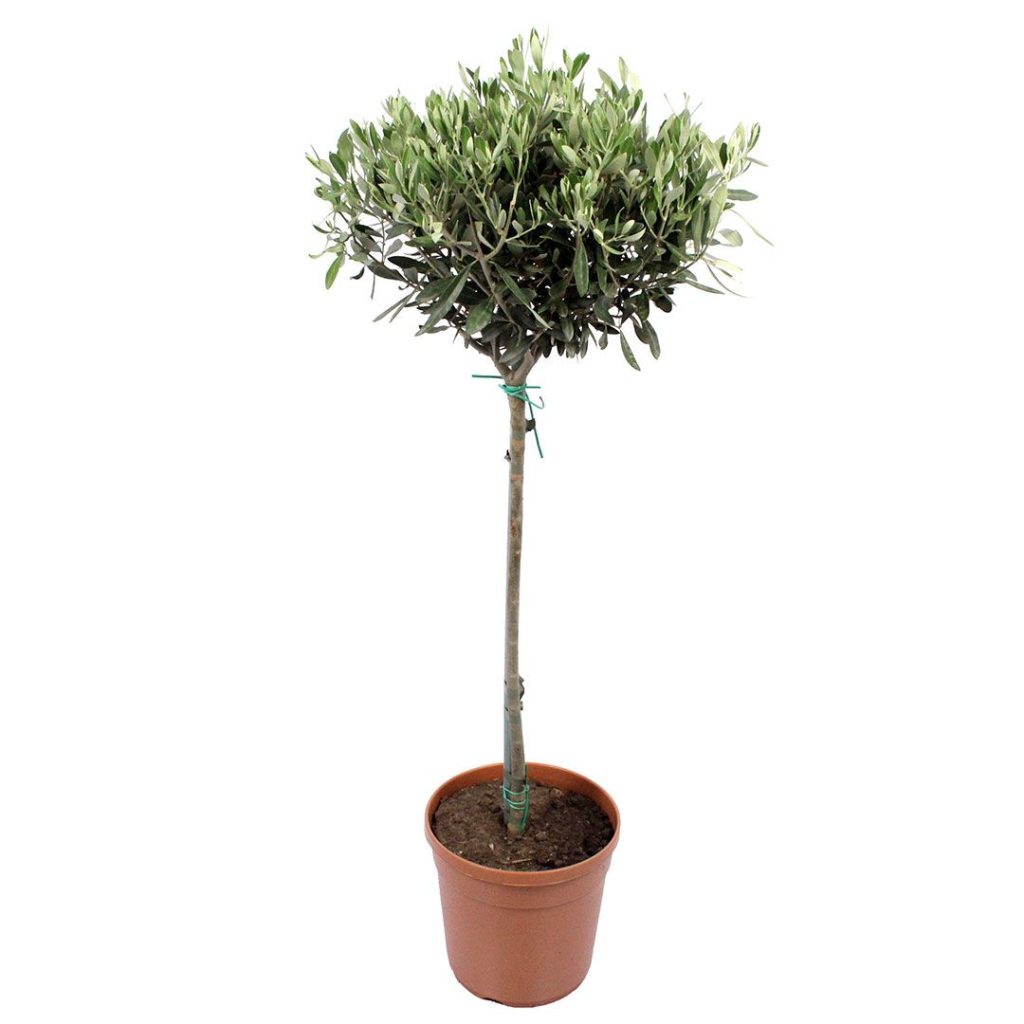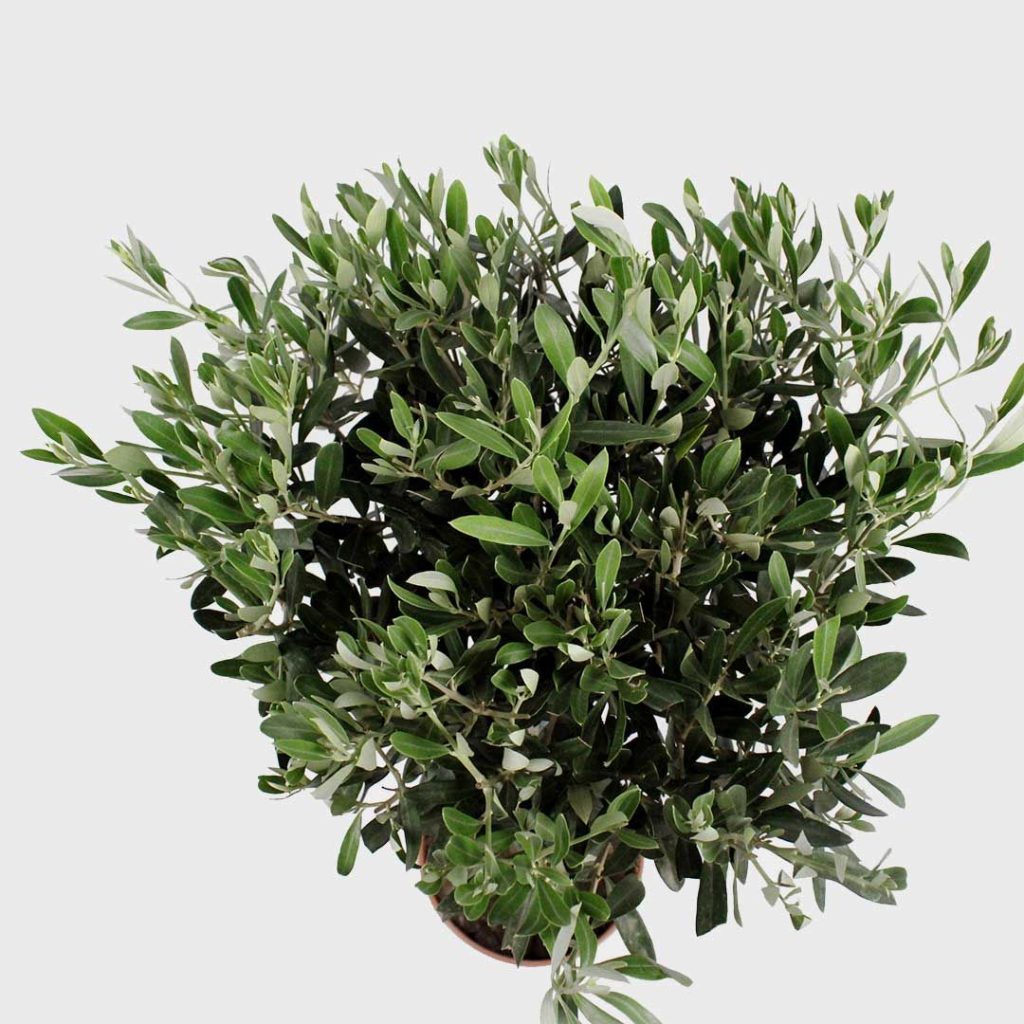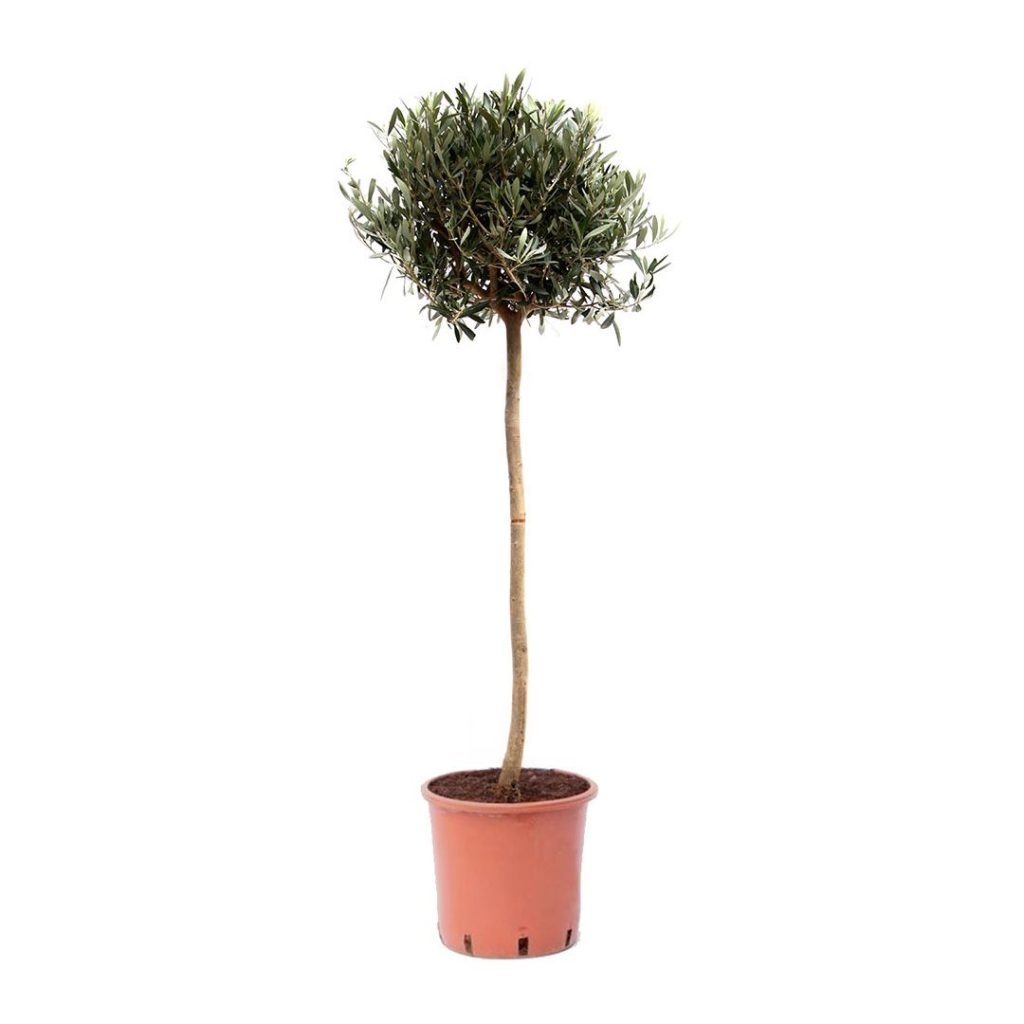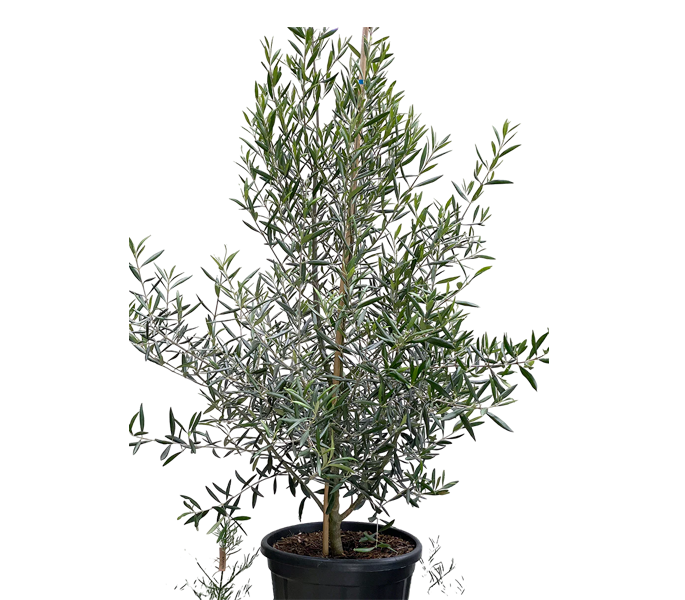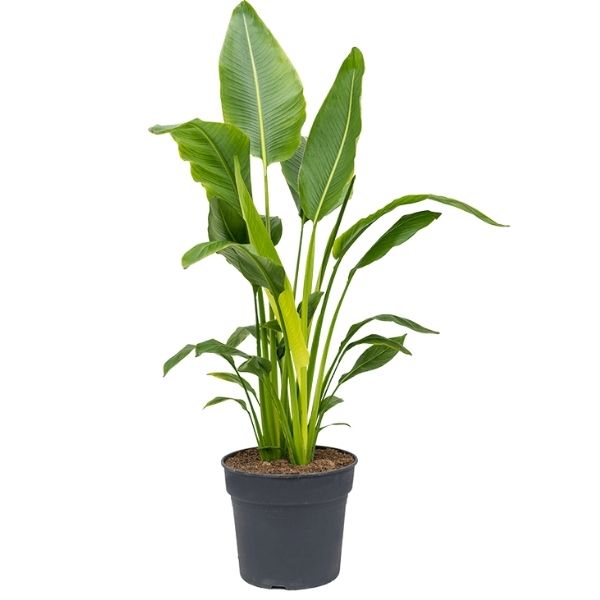Monstera in Kenya: How to Grow, Care & Style the Iconic Swiss Cheese Plant
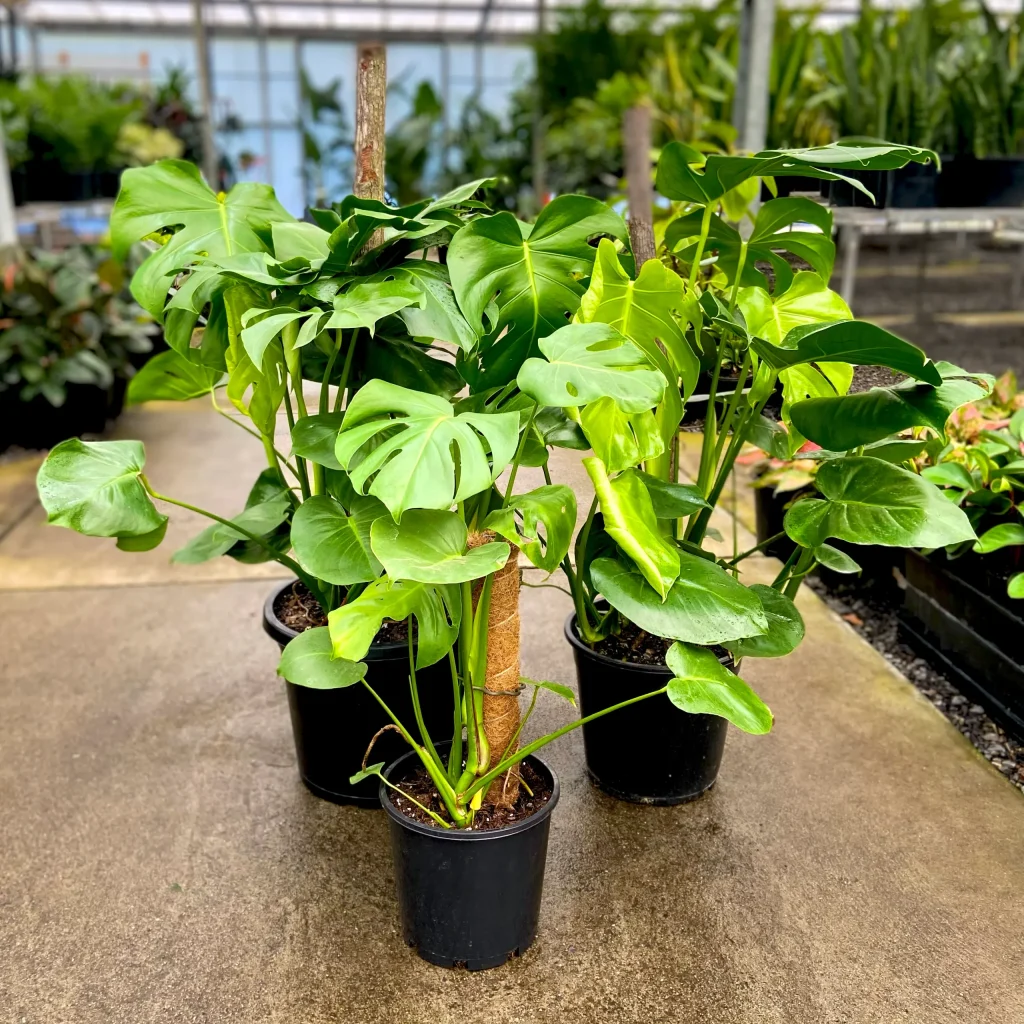
Monstera Name & Scientific Details
- Common names: Monstera, Swiss Cheese Plant, Split-leaf Philodendron (colloquially)
- Scientific name: Monstera deliciosa
- Family: Araceae (Arum family)
Why Grow Monstera?
- Striking focal point: Large perforated leaves create instant visual interest in living rooms and lobbies.
- Air purification: Helps reduce airborne toxins and improves indoor air quality.
- Relatively low maintenance: Tolerant of bright indirect light and occasional neglect.
- Fast vertical growth: Great for filling tall corners or climbing a trellis or moss pole.
- High styling value: Works with modern, boho, tropical, and minimalist interiors.
Monstera Uses
- Decorative: Floor specimen or statement plant for living rooms, offices, cafes.
- Biophilic design: Softens hard interiors and improves occupant wellbeing.
- Propagation & gifting: Easily propagated from cuttings — great for sharing with friends.
Is Monstera Indoor or Outdoor?
Monstera is best grown indoors or in shaded outdoor patios in Kenya. It prefers bright, indirect light — direct afternoon sun can scorch leaves. In sheltered outdoor spots with dappled light (e.g., under a pergola or large tree), Monstera will flourish, but it’s most reliable as a houseplant in Nairobi apartments and offices.
Cultural & Symbolic Significance
- Modern symbolism: Represents growth, abundance, and tropical luxury in contemporary interiors.
- Feng Shui: Considered a plant that promotes upward energy and prosperity when well cared for.
- Design icon: Monstera leaf motifs are widely used in textiles, art, and branding due to their distinctive shape.
Historical Significance in Different Cultures
The Monstera has captured imaginations far beyond its native Central and South America:
- Mesoamerican cultures: In regions of Mexico and Guatemala, Monstera vines growing in tropical forests were admired for their resilience and ability to climb toward the light, symbolizing determination and spiritual ascent.
- Caribbean islands: Monstera leaves were historically used in decorative displays during festivals and as natural shade coverings in outdoor markets.
- Colonial Europe: Introduced in the late 18th century, Monstera became a prized conservatory plant in Victorian England, representing exotic beauty and wealth — often featured in botanical illustrations and scientific journals.
- Modern Pacific & Asia: In tropical tourism destinations, Monstera leaves are used in resort décor to convey a lush, paradise-like atmosphere; in Hawaiian-inspired design,


